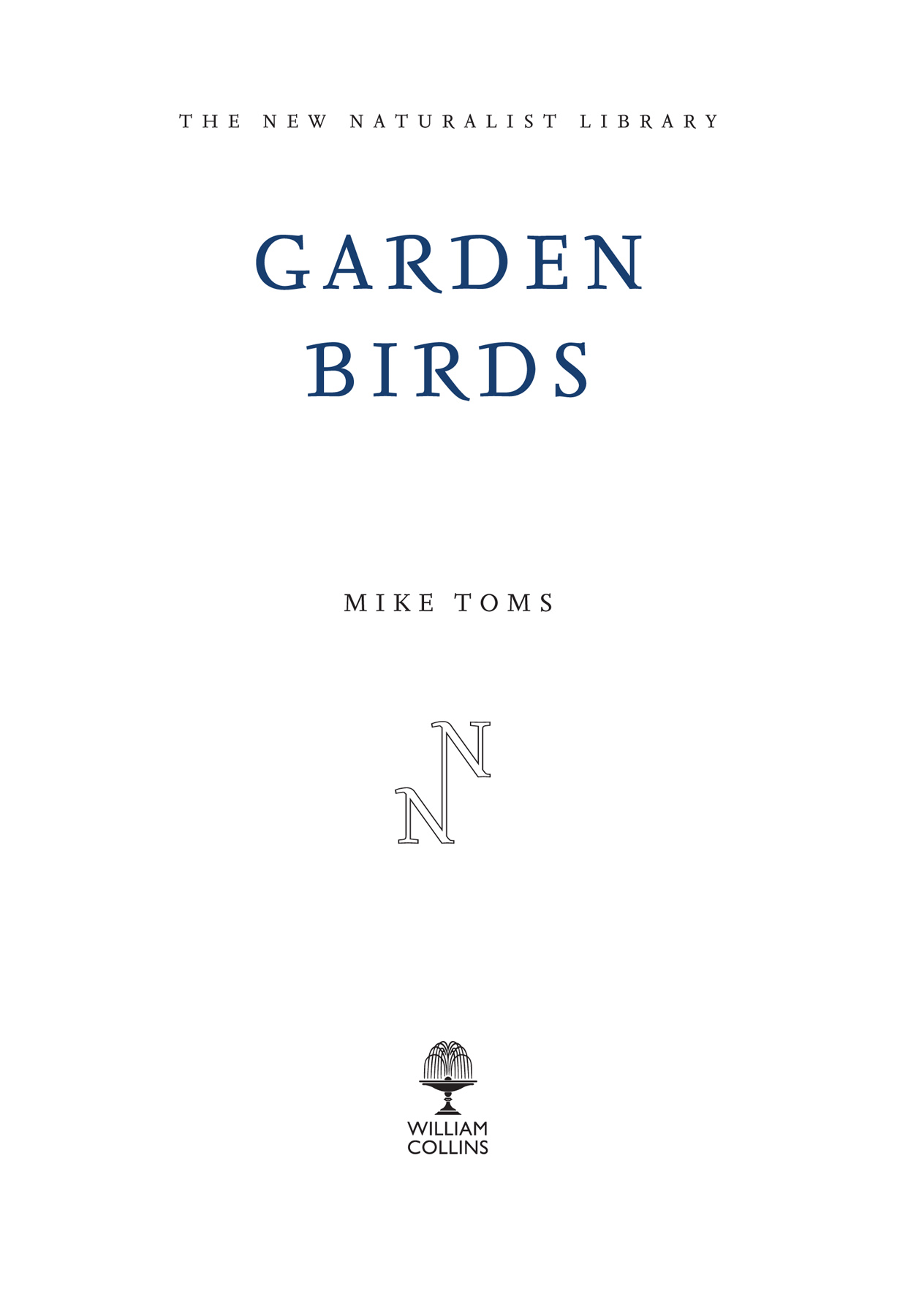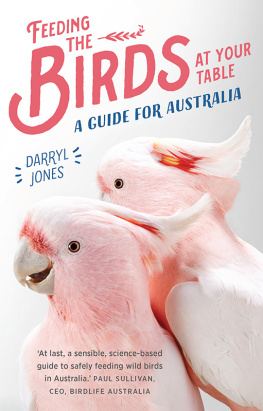CONTENTS


William Collins
An imprint of HarperCollinsPublishers
1 London Bridge Street
London SE1 9GF
WilliamCollinsBooks.com
This eBook edition published by William Collins in 2019
Copyright Mike Toms, 2019
Photographs Individual copyright holders
Mike Toms asserts his moral right to be identified as the author of this work
Cover art by Robert Gillmor
A catalogue record for this book is available from the British Library.
All rights reserved under International and Pan-American Copyright Conventions. By payment of the required fees, you have been granted the non-exclusive, non-transferable right to access and read the text of this eBook on-screen. No part of this text may be reproduced, transmitted, downloaded, decompiled, reverse engineered, or stored in or introduced into any information storage and retrieval system, in any form or by any means, whether electronic or mechanical, now known or hereinafter invented, without the express written permission of HarperCollins Publishers.
Source ISBN: 9780008164744
Ebook Edition April 2019 ISBN: 9780008164768
Version: 2019-04-03
T HIS BOOK IS DEDICATED
TO C HRIS M EAD AND D AVID G LUE ,
WHOSE KNOWLEDGE OF GARDEN BIRDS
AND PASSION FOR THEIR STUDY, IS MUCH MISSED.
EDITORS
SARAH A. CORBET, S C D
DAVID STREETER, MBE, FIB IOL
JIM FLEGG, OBE, FIH ORT
P ROF . JONATHAN SILVERTOWN
P ROF . BRIAN SHORT
*
The aim of this series is to interest the general
reader in the wildlife of Britain by recapturing
the enquiring spirit of the old naturalists.
The editors believe that the natural pride of
the British public in the native flora and fauna,
to which must be added concern for their
conservation, is best fostered by maintaining
a high standard of accuracy combined with
clarity of exposition in presenting the results
of modern scientific research.
Contents
G IVEN THE EXPLOSION OF INTEREST in garden birds, their habits and feeding since the 1960s, this is an addition to the New Naturalist Library that was crying out to be written. Many, perhaps most of us, are familiar with a range of garden birds on a day-to-day basis. That range may be large or small, but familiarity engenders an interest in how the birds are faring and an enthusiasm for taking part in censuses and surveys: ideal seeding ground for what are now called citizen science projects. Against this background, the Editorial Board was fortunate to be able to call on an author tailor-made for the task in Mike Toms. Mike will be familiar to NN readers as the author of the very popular and very readable text on owls (NN 125, 2014). He has spent most of his working life with the British Trust for Ornithology. Over and above his personal fascination with owls, he has been involved in the organisation and analyses of the various BTO Garden Bird studies and, thus, is the ideal author for this authoritative text.
The text opens with an analysis of the role of gardens in the ecology and general prosperity of our commoner land bird populations and an assessment of the diversity that we have created. Interestingly, though we think of gardens as ubiquitous, the land area that they occupy, at just over 400,000 ha, is only slightly larger than the county of Suffolk, and less than 10 per cent of British land area with some form of statutory protection. That said, the potential for interest and fascination that they offer, far outweighs those statistics. In the second chapter, Mike Toms explores the phenomenal growth of garden bird feeding since the end of the Second World War and the equally amazing diversity of foodstuffs now available, particularly seeds. Long gone are the days of throwing out a handful of scraps from the table to satisfy our feathered friends!
Subsequent chapters cover the provision of nesting opportunities, nest boxes and other aspects of the breeding season (, Birds, Gardens and People, which, among other things, emphasises the many benefits, including to physical and mental health, that people can derive from the interactions.
The last chapter is an extremely useful compendium of succinct accounts of the most regularly observed garden birds, with, in each case, tabulated biological data (clutch size, incubation period, breeding attempts per annum, etc.) followed by an account of the particular relevance of the species to our gardens. It lists, without fear or favour, the good, the bad and the ugly of garden birds and items of fascination too numerous to note, other than to offer examples. Few outside the southeast of England would have considered the Ring-necked Parakeet Psittacula krameri as a garden bird, but these raucous and colourful aliens (although now with a self-sustaining feral population) can be a domineering force disrupting the feeding and nesting of other species. The Magpie Pica pica , not a popular garden bird, has its evil reputation as a predator of nests and nestlings accurately assessed, and moderated. Perhaps strangest of all, the Red Kite Milvus milvus which most of us would consider an unlikely garden bird is now numerous enough near its centres of reintroduction to visit garden feeding stations routinely, and some populations are showing signs of dietary imbalance, the natural food of carcasses, road kills etc. being substantially better for them than the household waste scraps usually on offer in gardens.
Much else of equal fascination awaits now please do read on and enjoy Garden Birds to the full.
P RIVATE GARDENS PROVIDE OPPORTUNITIES FOR engagement with the natural world, delivering connection with a broad range of different plants and animals. Birds are one of the most obvious and accessible components of the community of species using our gardens, visiting bird tables and hanging feeders, and occupying the nest boxes that we erect for them. Familiar species, like Robin, House Sparrow and Blackbird, provide a common currency, the basis to conversations had between neighbours, relatives and friends. That we choose to engage with garden birds, and talk about their visits and behaviour, underlines the central place that they play in our lives. For those who never venture into the wider countryside, garden birds can provide a window onto the natural world, helping to restore lost connections and contributing to health and well-being. But what about the birds themselves; what role do gardens play in their ecology and behaviour? What do we really know about the risks and benefits that shape how and why birds use gardens and the resources present within them?
Over the past two decades, I have been fortunate enough to have worked on garden birds, and with those who chose to watch them in their gardens. Through citizen science projects, most notably the weekly BTO Garden BirdWatch scheme, I have been able to study the different ways in which wild birds use our gardens. I have been able to examine garden use in relation to the wider landscape, exploring both the seasonality of garden use and the longer-term patterns that have followed changes in how we manage the countryside. Thanks to the efforts and support of the volunteers participating in citizen science schemes, I have been able to explore some of the questions surrounding garden use and the role that gardens and their resources play in the lives of visiting birds, addressing the benefits of food provision, the risks of disease transmission and the threats posed by predatory species.


















